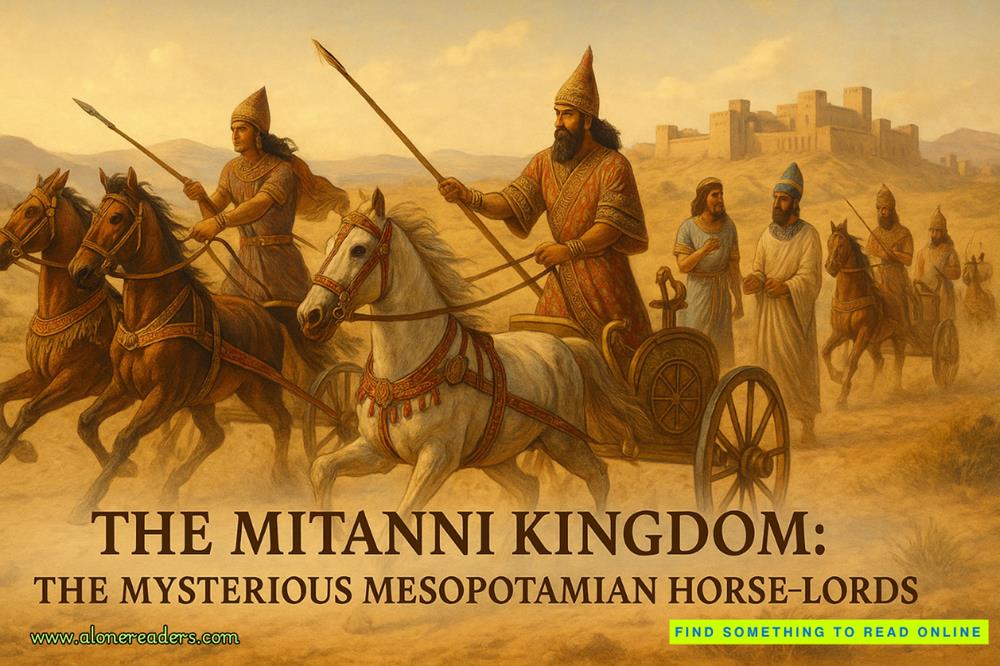Page 66 of Home Safe
Jason responds with enthusiasm, so she pulls out a basket filled with puppet animals. Miss Jessica says, “These puppets help me explain some of the things that go on inside our brains, some of the things that I’m going to help you with while you’re here. Can you put this puppy on your hand?”
He slips his hand into the puppet and immediately starts barking. Miss Jessica continues speaking in her soothing tone of voice. “You areverygood at making dog sounds! Do you know that we all have lots of different animals inside our brains?”
Jason’s eyes grow wide. “I have animals in my brain?”
Miss Jessica smiles, “Okay, we don’treallyhave animals in our brains. But different parts of our brain act in different ways, a lot like how different types of animals act.” She holds up her hand, which is now covered by an owl puppet. “We all have something called the prefrontal cortex toward the front part of our brain,” she says, tapping Jason’s forehead.
“A what?” he asks, face screwed up in confusion.
“I know, it’s a fancy word, huh? That’s why I like to use the animals,” Miss Jessica says. “That part of our brain is like this wise old owl. When the wise old owl is here in our brains, we can make good decisions, we can pay attention and solve problems, and we can regulate the emotions we’re feeling.” I’m watching her puppet show with rapt attention, positive that I’m learning more than Jason is.
“But we also all have part of our brain that’s like your watchdog there,” Miss Jessica continues. “When the watchdog thinks we might be in danger, he barks to sound the alarm.” She points at Jason, who barks and growls aggressively. “Exactly! The watchdog is trying to keep you safe, so he lets you know if he thinks you’re going to get hurt, whether that’s physically or emotionally. And if the watchdog doesn’t calm down and stop barking, he scares away the wise old owl.” Miss Jessica flaps the owl puppet’s wings and flies it away behind her.
“Now, when the wise old owl leaves, there are different animals that might take its place. Some people have the same animal all the time, and other people might have a different animal depending on how they’re feeling that day. One of the options is the porcupine,” she says, pulling out a porcupine puppet. “The porcupine raises its spikes, ready to fight the danger. It wants to keep you safe, so it’s ready to get into a fight in order to do that. Have you felt that way sometimes? I know I have.”
“Yeah, I do think I have a porcupine in my brain sometimes,” Jason answers.
“But sometimes it’s not a porcupine that answers the watchdog’s alert. Sometimes the bird pops up, and it flies away to try to run from the danger. Other times, we have a turtle that takes over. It freezes and draws inside its shell to try to hide from the danger because it doesn’t know what to do. Do those animals make sense?” Miss Jessica asks, as she lays each puppet out in front of Jason.
“Uh-huh,” he says. “Which animal is the best one?”
“Well, there’s not a good or bad animal,” Miss Jessica responds. Even thoughI’dlike to point out that the fighting porcupine seems less than ideal. She continues, “All of the animals are there trying to protect you. But sometimes, those animals can make us act in ways that might be harmful to ourselves and others, so we have to learn how to calm down the animals when that happens. Once we can get wise old owl to come back, then we can make better choices with our words and actions. So we’re going to work on some strategies to help you be able to tell when your watchdog is barking, how to tell if you’rereallyin danger, and how to get wise old owl to come back faster. Does that sound like a good plan?”
“Yeah!” Jason says. “Can we play with water beads again too?”
Miss Jessica leans forward like she’s whispering a secret. “We havelotsof fun things to play with. We have water beads, shaving cream, and a whole room full of sensory toys like a swing and a trampoline. We’ll play with different things each time until we figure out your favorites.”
“Awesome!” Jason yells.
“Our time is up for today, but I can’t wait to see you again, Jason,” Miss Jessica says.
I clutch the bottle of water in my hand, trying to ground myself. I took the whole afternoon off today so that I could meet with Jessica privately to discuss her perspective on Jason’s needs. She’s spent the first twenty minutes explaining the science behind how trauma wires a child’s brain, even beginning in utero with heightened cortisol if themother has a stressful pregnancy. She’s explaining all the scientific reasons that Jason’s brain is so quick to react to perceived threats and slow to regulate his emotions.
The amount of information feels paralyzing.
I’m incredibly grateful to understand the physical realities of Jason’s brain chemistry contributing to the behaviors and outbursts. But understanding certainly doesn’t “fix” it. And it only makes me grieve all the more for what that sweet boy has been through. That he’ll forever deal with the effects of neural connections that weren’t his fault. I want to take it all away—love it all away—but I’m overwhelmed by hownot that simplethis all is.
“There are a variety of strategies that we can use to help Jason learn to regulate what he’s feeling. Remember—we all learn to self-regulate through co-regulation,” Jessica explains. “That’s typically provided by birth parents responding to a baby’s cries and soothing them. But if Jason missed out on that period of co-regulation—which it sounds like he did—then he’s never been taught to regulate. That’s going to come from you, now. When Jason has these angry outbursts, you need to switch your brain from looking at it as ‘my child is destroying things in anger’ to ‘my baby is crying.’”
I sigh as I process what she’s saying. “That sounds easier said than done.”
“It’s one hundred percent easier said than done,” she replies with a supportive laugh. “It’s really hard to regulate your own emotional response when you have a kid violently tearing things apart in front of you.”
“That’s something else I don’t understand,” I say. “It’s not like he’s destroying things he doesn’t like. Or even things that are mine. The posters, especially, but also the Lego sets—those are his prized possessions. Why would he destroy the things he cares most about? There’s no logic to that at all.”
Jessica hums. “Well, first of all, it’s important to remember that when Jason is having these outbursts, his wise old owl brain has flown away. So his actions and words are not going to make logical sense. But I could see a handful of underlying feelings that could be causing him to destroy things he cares about. Children who have been through traumaand abandonment almost always have a lifelong struggle with shame from feeling like they weren’t good enough for their parents to care for them. They feel unworthy of love. They’re often convinced that there’s something deeply wrong withthem, rather than the adult figure, even if they don’t consciously realize it.”
My heart clenches thinking about Jason feeling that way.
“One explanation could be that deep down, Jason thinks he doesn’t deserve to have those special things because he’s a bad kid. Hemustbe a bad kid if his parents and grandmother left him. So he has an urge to destroy those good things when his ‘bad behavior’ is discovered,” she says, miming air quotes. “It’s also possible that he could be subconsciously testing you, seeing how you will respond to him destroying something special. Whether you will continue to care for him or if you will also leave. Or, he may have seen destructive behavior modeled by his father when he was upset. It will likely take a while before Jason is able to recognize what the thoughts and emotions are underneath his actions.”
Teary-eyed, I blow out a long breath. “And in the meantime? How do I support him and help him get to that point of understanding?”
“Like I said, there are a variety of tools available that we can add to Jason’s toolbox,” Jessica says. “Of course, we will continue talking and doing some hands-on sensory play. But we can also explore neurofeedback therapy that helps him learn to soothe his brain activity. EMDR therapy is also a very effective tool to help process the stress of traumatic memories. Medications could be an option. We’ll take it slow—as I get to know him better, I’ll give you my thoughts on what might be most effective, so this isn’t something you need to decide right now.”
Well, I know what all of my Google searches tonight will be.
“There is one tool that I think could be very critical for him to start immediately, though, and that’s working with the occupational therapist here at our practice. In order for Jason to be able to regulate his feelings, he first needs to be able to identifywhathis body is feeling. Our OT specializes in helping kids connect with what’s happening in their bodies when they experience certain emotions. I think he couldreally benefit from working with her in addition to seeing me,” Jessica explains.















